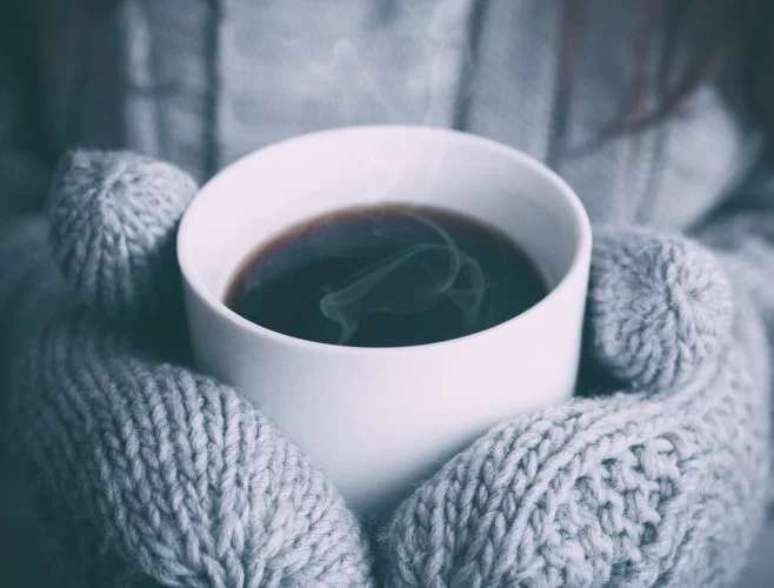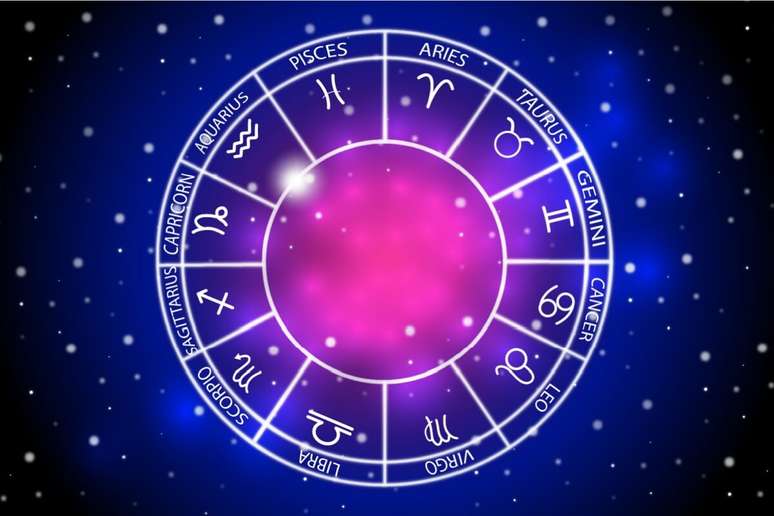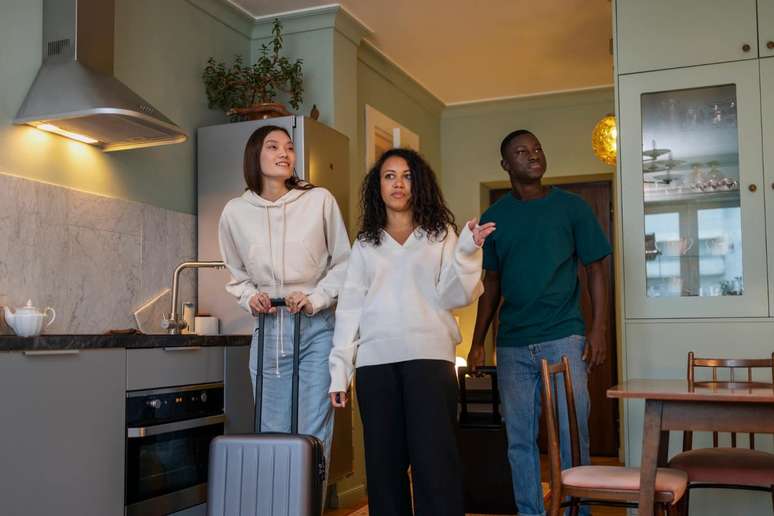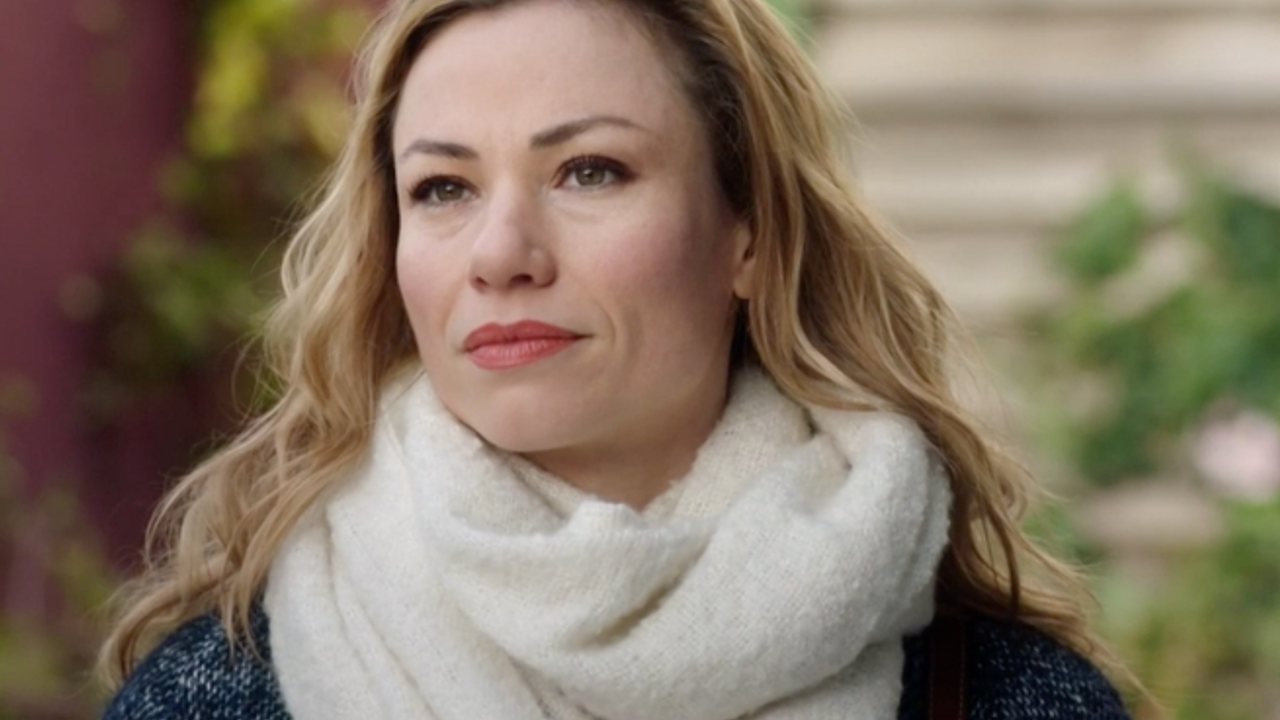-
Recently, Estadão’s Paladar column brought together five experts to test the aroma and flavor of 11 coffee brands.
Photo: Alex Padurariu Unsplash / Flipar
-
Discover quality samples with aroma and flavor as references.
Photo: – Marcelo Camargo/Agência Brasil / Flipar
-
1st place: Três Corações: flavor with notes of chocolate and fruit, perceived in the mouth. In the aroma, notes of earth, hazelnut, walnuts and burnt caramel.
Photo: Disclosure / Flip
-
2nd place: Melitta: light notes of sweetness and acidity in the flavor and subtle aromas of dried fruit, cane sugar and milk chocolate.
Photo: Disclosure / Flip
-
3rd place: Fort: A line of Três Corações. It has less intense roasting and coarser grinding, with a slightly bitter flavour. Soft aroma of rapadura, yellow fruits, caramel and bread.
Photo: Disclosure / Flip
-
The others, in order of preference, from 4th to 11th place, the following: Café do Ponto, Caboclo, Pelé, Moraes, Bom Jesus, Pilão, Café Brasileiro and Jardim.
Photo: Image by Anja-#pray for Ukraine# #helping hands# stop the war by Pixabay / Flipar
-
Now find out more about this special drink. It’s time to prepare a perfect cup of coffee: the drink is a natural stimulant and can give you the energy for new tasks (provided, of course, that there are no impediments from your doctor)
Photo: Julius Schorzman – Wikimedia Commons/Flip
-
Experts say that the recommended daily amount of coffee depends on each person. A healthy 70kg adult could, under normal conditions, consume up to 400mg of caffeine – 4 cups of brewed coffee.
Photo: francycrave pixabay / Flipar
-
You should be careful with espresso coffee, which has three times the caffeine of filtered coffee. Those who opt for espresso should therefore drink fewer cups. Additionally, caffeine is also present in mate, tea, and guarana (if a person drinks all of this, they may end up overdoing it).
Photo: elias shariff cade pixabay / Flip
-
Brazil is the largest coffee exporter in the world. In February 2024 there was even a 48.9% increase in cereal exports, for a total of 3.6 million 60 kilo bags sent abroad.
Photo: Dornicke – wikimedia commons/Flip
-
There are two species produced and each has its own characteristics: Arabica, which represents 70% of production, and Robusta (or Conilon), with 30%.
Photo: @luccacafesespeciais / Flip
-
Arabica is more delicate, does not accept much humidity and must be planted in soils with altitudes above 600 meters. It is mainly produced in Minas Gerais, Bahia, Espírito Santo and São Paulo. It has a delicate flavour. Wheat contains 1.4% caffeine.
Photo: pixabay / Flipar
-
Robusta is more resistant and can be planted from sea level up to 600 meters above sea level. It is mainly produced in Rondônia, Bahia and Espírito Santo. It has an intense flavor. Wheat contains 2.5% caffeine.
Photo: RPC/Flipar reproduction
-
In addition to the type of coffee, the ripeness point and type of roasting of the beans also influence the aroma and flavor. In the production of extra strong and traditional coffees, mature coffee seeds are mixed with others that have not yet matured, expired or broken. Hence the more bitter taste.
Photo: vandelino dias jr pixabay / Flipar
-
Only ripe, yellow or red fruits are used in the production of specialty coffees. And a few imperfect grains make it through the process. Hence the superior quality.
Photo: embrapa disclosure / Flipar
-
Whether traditional, extra strong or specialty, any coffee is appreciated globally. It is part of the daily life of most inhabitants of the planet. It is the second most consumed drink in the world, behind only water.
Photo: elias shariff cade pixabay / Flip
-
Coffee, in addition to being stimulating, has other properties. It slows down aging, protects against Alzheimer’s, reduces diabetes, strengthens memory and accelerates metabolism. But be careful: old coffee is dangerous. It oxidizes and can cause headaches, nausea and heartburn. The drink lasts for an hour. Do not heat.
Photo: AmericanAez220 pixabay / Flipar
-
In Brazil it is almost unanimous, consumed in 97% of homes, according to the Brazilian Coffee Industry Association. Here’s how to make delicious coffee.
Photo: xiaojie zhao – pixabay / Flip
-
For every 300 ml of water (filtered or mineral), use 2 cups of coffee. Boil the water until it makes big bubbles. Turn off the heat and wait two minutes before pouring the water over the powder. The temperature is ideal.
Photo: Dan Bull – pixabay / Flip
-
Scald the filter with hot water before filtering. This takes away the flavor of the paper or fabric. Filtering should take up to 3 minutes. Subsequently the coffee becomes bitter.
Photo: foundry co – pixabay / Flip
-
Those who prefer to use an Italian coffee maker should be careful to turn off the stove as soon as they start to hear noises. It is a sign that the water has already risen.
Photo: juroj varga pixabay / Flip
-
Many people like to grind their coffee at home while brewing. There are different models of grinders available on the market and one of the advantages is the aroma that remains in the home.
Photo: Disclosure Flavors / Flipar
Share
Source: Terra
Ben Stock is a lifestyle journalist and author at Gossipify. He writes about topics such as health, wellness, travel, food and home decor. He provides practical advice and inspiration to improve well-being, keeps readers up to date with latest lifestyle news and trends, known for his engaging writing style, in-depth analysis and unique perspectives.





-qhia6ba319wh.png)


